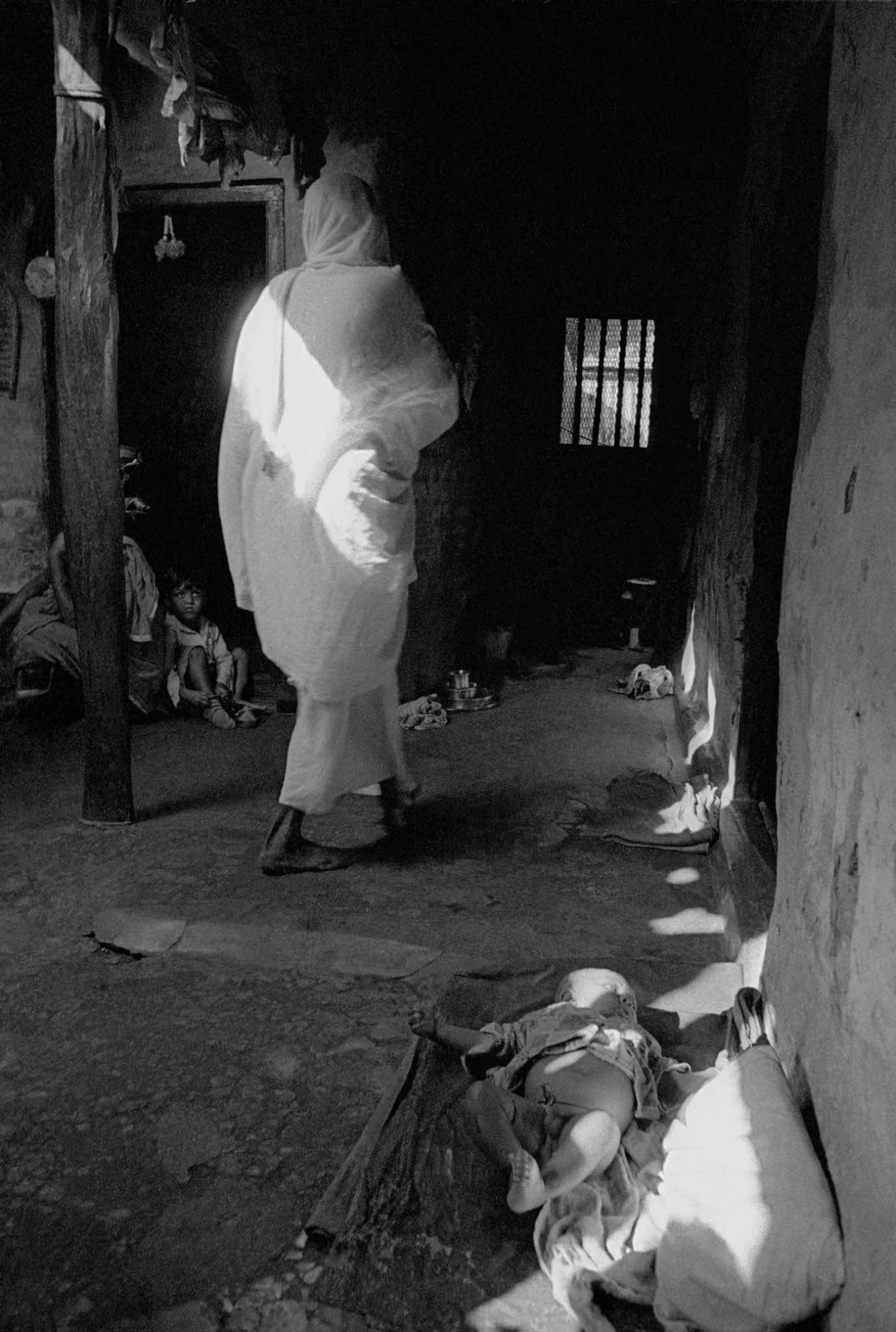HORVATLAND - THE '60s - PHOTOJOURNALISM - WORLD TRIP - CALCUTTAGO TO HOME
1963, from Time machine
Those who talk about Indian spirituality are perhaps referring to a kind of indifference – or disinterest – that many Indians show towards all things material. This may come from the heat and humidity of the climate, whereby objects tend to disintegrate into rottenness – and consequently it seems better to do without them. Indian villagers, for example, do not possess clothes in our sense of the word. The men’s dhotis and turbans (just like the women’s sarees) are nothing but lengths of cloth wrapped around the body, without any stitching or buttons. The poorest own just one, which they wash as they perform their ablutions. This means they don’t need furniture in which to keep them, nor sewing kits to repair them, nor suitcases to travel. Mostly walk barefoot or, if they are better off, wear sandals (though this entails an infringement of their concept of purity, because leather comes from a corpse). Aside from the dhoti, the ordinary Indian has only two possessions: a small copper recipient for his ablutions and an iron disc which he spreads with flour paste, to cook a chapatti on a fire of dried cow dung. When it is ready, he places it on a banana leaf and brings it to his mouth with his right hand (the left is impure, as it serves to clean the other opening of the alimentary canal). For drinking, he uses a little clay pot which costs hardly anything and which he discards after use. So he has no need for dishes nor glasses, which has the added advantage of keeping him from the contamination he fears most, namely that of human saliva. At night, he covers himself with his dhoti (or saree). When he can afford not to sleep on the ground, his resting place is a string mesh stretched on a wooden frame, supported by four uprights. It can be carried with just one hand (for example, to be placed on a rooftop or on a terrace when the nights are too hot). It allows air to circulate around the body and is a convenient substitute for our mattresses, sheets and pillows. All the effort, otherwise expended on acquiring and looking after objects, is invested in the care of the body. Indians brush their teeth for hours, and those who can afford it spend more hours having their ears cleaned, getting the dandruff removed from their scalp, being smeared in oil and massaged – not to speak of the different ablutions and purifications, physical and mental, internal and external, recommended by the various schools of yoga. In every square of Calcutta, at any of the milder hours of the day, you can see hundreds of men doing their exercise, individually or in groups. These exercises are not remotely sensual or narcissistic. Indians have no particular love for their bodies: they think of them as an unavoidable burden, which they must try to preserve from rotting. And especially from contamination by their fellow humans: it is well-known that lovers, in Indian films, never kiss on the mouth…


1962, Calcutta, India, family in a courtyard

1962, Calcutta, India, family in a courtyard

